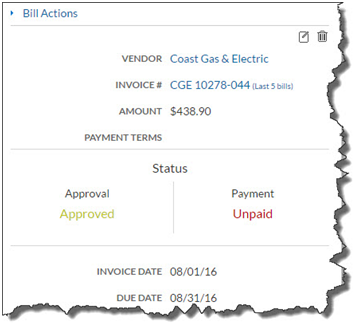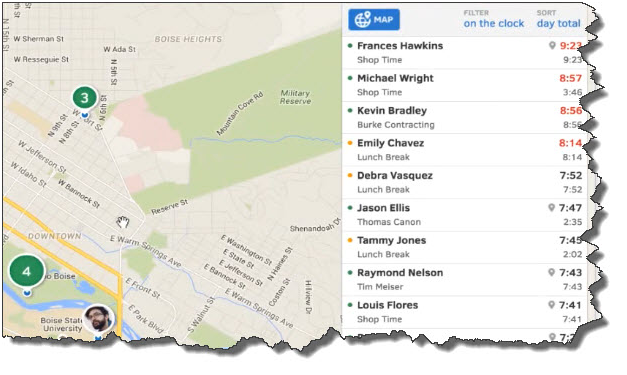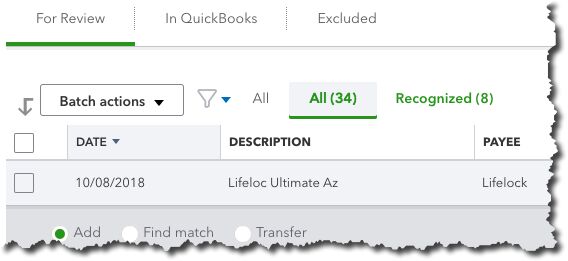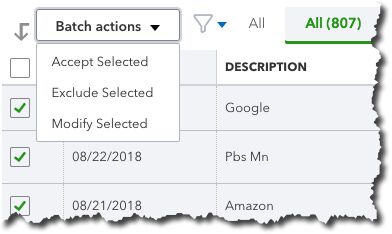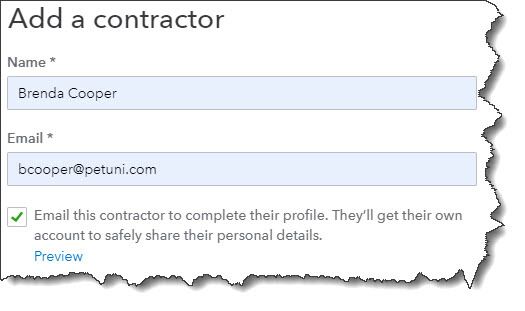What if disaster strikes your business? An estimated 25% of businesses don’t reopen after a major disaster strikes.1 Having a business continuity plan can help improve your odds of recovering, if any consulting help or plan is needed check out https://bhasinconsulting.com/ now.
The Basic Plan
The strategy behind a business continuity (or disaster recovery) plan is straightforward: Identify the various risks that could disrupt your business, look at how each operation could be affected, and identify appropriate recovery actions.
Make sure you have a list of employees ready with phone numbers, email addresses, and emergency family contacts for communication purposes. If any of your employees can work from home, include that information in your personnel list. You’ll need a similar list of customers, suppliers, and other vendors. Social networking tools may be especially helpful for keeping in touch during and after a disaster.
Risk Protection
Having the proper insurance is key to protecting your business — at all times. In addition to property and casualty insurance, most small businesses carry disability, key-person life insurance, and business interruption insurance. And make sure your buy-sell agreement is up to date, including the life insurance policies that fund it. Meet with your financial professional for a complete review.
Maintaining Operations
If your building has to be evacuated, you’ll need an alternative site. Talk with other business owners in your vicinity about locating and equipping a facility that can be shared in case of an emergency. You may be able to limit physical damage by taking some preemptive steps (e.g., having a generator and a pump on hand).
Protecting Data
A disaster could damage or destroy your computer equipment and wipe out your data, so take precautions. Invest in surge protectors and arrange for secure storage by transmitting data to a remote server or backing up daily to storage media that can be kept off-site.
Protecting Your Business
If you think your business is too small to need a plan or that it will take too long to create one, just think about how much you stand to lose by not having one. Meet with your financial professional for a full review.
Traditional funded search
In the traditional funded-search model, multiple investors, ranging from as few as 8 to as many as 24 invest to provide funding for a 24-month long search, totaling $360K to as much as $950K for a partnered search to cover salaries, benefits, travel and busted-deal costs. Investors receive a 50% step-up on their initial commitment when they invest in the business the searcher acquires.
The Search Fund Accelerator can earn up to 25% of the equity (15% each for partners) which typically vests 1/3 at closing, 1/3 over 4-years afterward and 1/3 upon attaining an IRR target of 25-35% upon exit. These terms are finalized when the business is purchased and may be reduced depending upon the size of equity raise required to consummate the deal. Searchers may select any geographic location to search from, but typically commit to a countrywide search and to using legal advisors with prior traditional search experience.
Source/Disclaimer:
1Source: U.S. Small Business Administration, www.sba.gov/content/disaster-planning.

